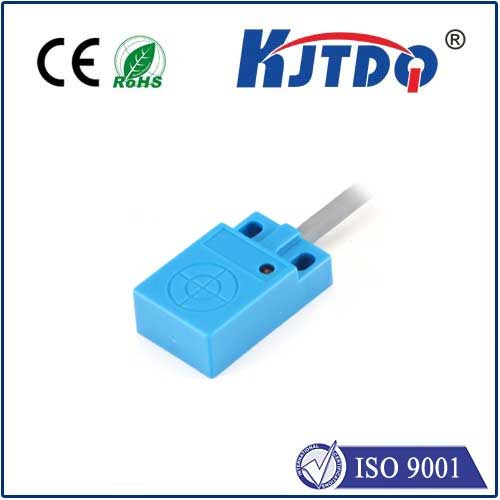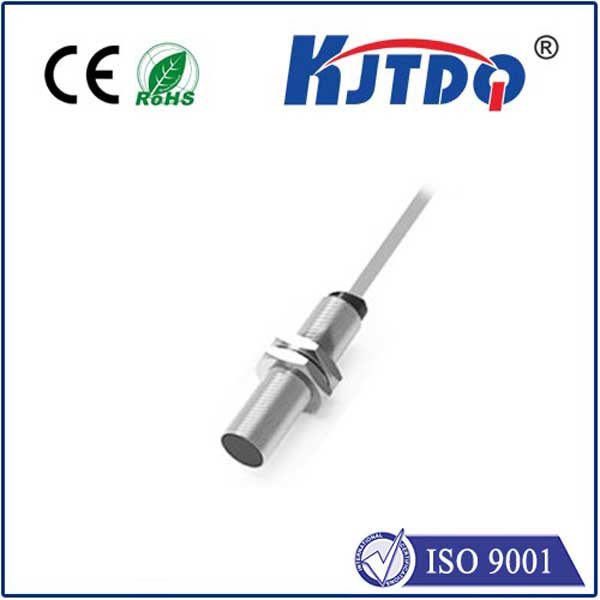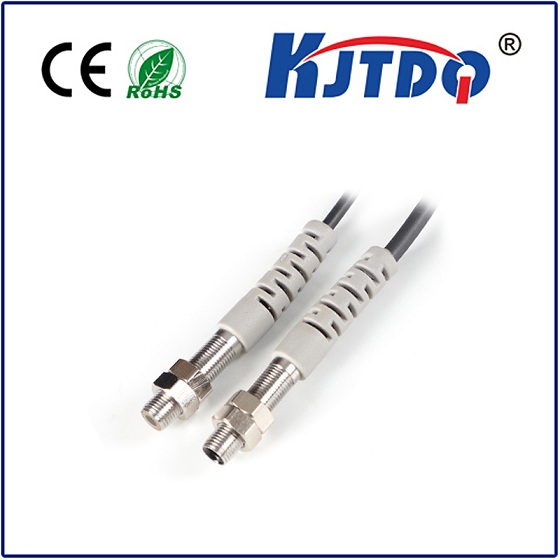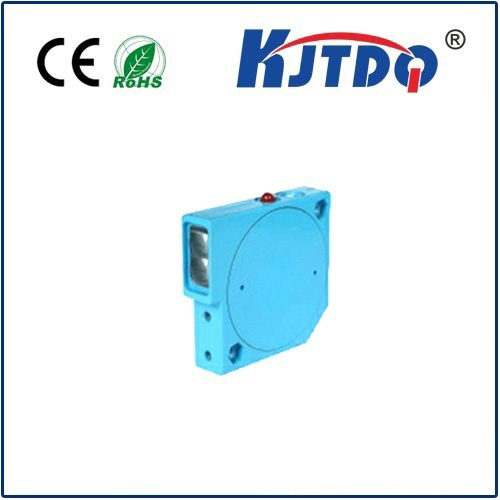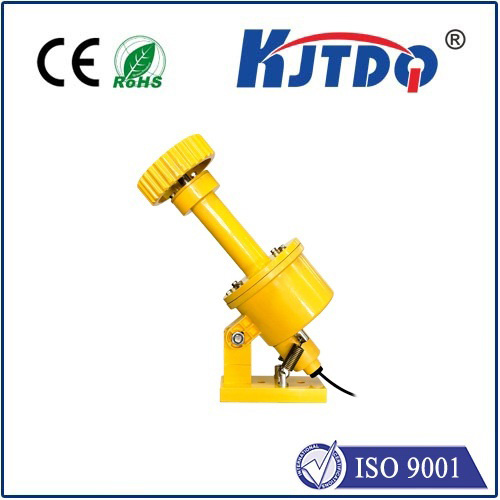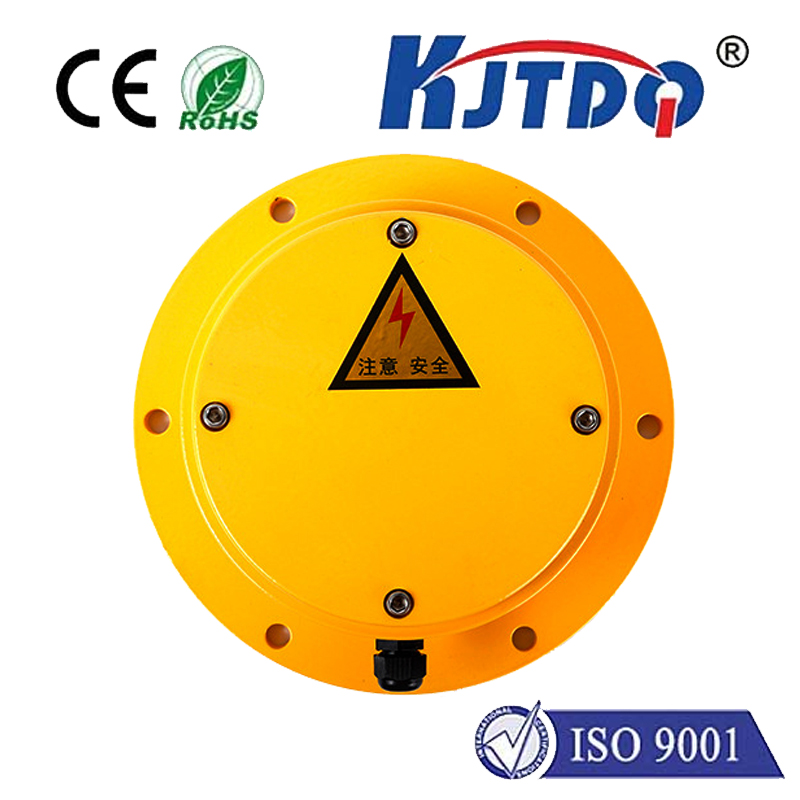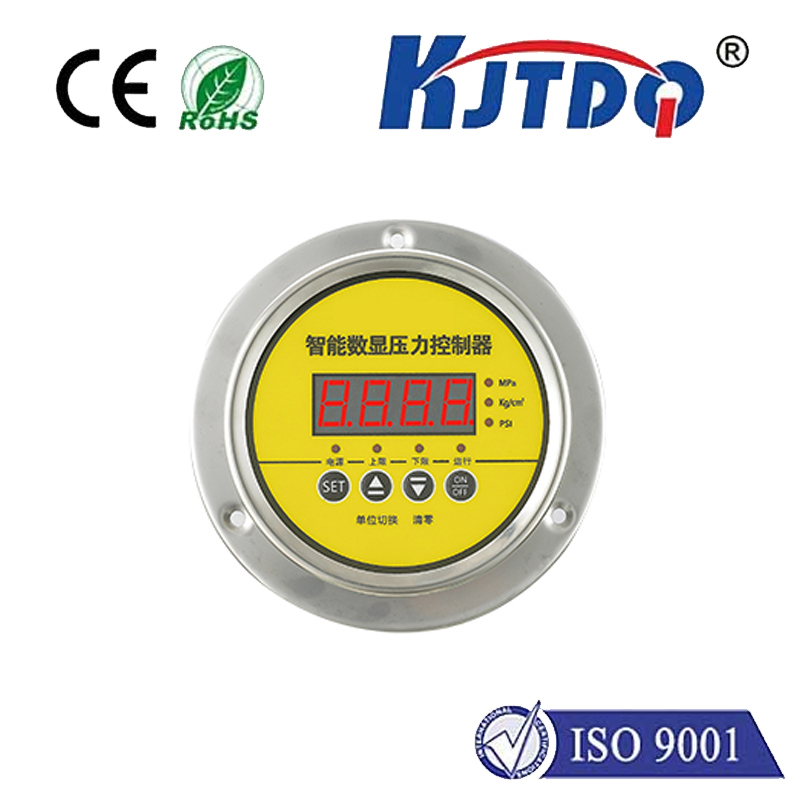
check

check

check

check
Distance Sensors: Revolutionizing the Way We Measure Space
The world of technology continues to evolve at an unprecedented pace, with each new development bringing about a myriad of exciting possibilities. Among these innovations is the humble distance sensor, which has rapidly become an indispensable tool in a wide range of applications. In this article, we'll delve into the fascinating world of distance sensors and explore their many benefits and uses.
At its core, a distance sensor is a device that measures the distance between two objects or points. This may sound simple, but the technology behind these sensors is far from it. Distance sensors use a variety of methods to detect the presence and proximity of objects, including infrared, ultrasonic, and electromagnetic radiation. These sensors can be found in everything from smartphones and smartwatches to industrial machinery and robotics.

One of the key advantages of distance sensors is their ability to provide accurate and reliable measurements. Unlike traditional methods like touch or sight, distance sensors can gauge the distance between objects without relying on any external cues. This makes them ideal for applications where precise measurements are critical, such as in automotive safety systems, medical imaging, and industrial automation.
Another advantage of distance sensors is their versatility. Because they can detect a wide range of distances, they can be used in virtually any situation where measuring space is necessary. For example, in construction sites, builders can use distance sensors to track the progress of building structures and ensure that they are staying within acceptable tolerances. In agriculture, farmers can use sensors to monitor crop growth and optimize irrigation strategies. And in healthcare, doctors can use distance sensors to assess patient vitals and detect potential health issues before they become serious.
Distance sensors have also opened up new avenues for innovation and creativity. As their capabilities continue to expand, developers are finding new ways to incorporate them into everyday objects and devices. One example is the "smart" home sensor, which can be used to monitor energy usage, detect leaks or moisture damage, and even trigger automated responses based on specific conditions. Another example is the "smart" clothing sensor, which can measure body temperature, heart rate, and other essential health indicators in real-time.
Of course, as with any technological breakthrough, distance sensors come with their own set of challenges and limitations. One major challenge is ensuring compatibility with existing infrastructure and systems. Since distance sensors can work with a wide range of devices and platforms, developers must carefully consider how best to integrate them into existing ecosystems. Additionally, there are concerns about privacy and security when it comes to data collected by distance sensors. As more and more sensitive information is being captured by these devices, it's important to ensure that appropriate safeguards are in place to protect against unauthorized access or misuse.
Despite these challenges, however, the future looks bright for distance sensors. With ongoing research and development efforts focused on improving accuracy, reliability, and versatility, it's likely that these devices will continue to play an increasingly important role in our lives. Whether you're a professional engineer designing complex machinery or a curious consumer exploring cutting-edge technology, there's no denying the transformative power of distance sensors – and the many exciting opportunities they hold for the future.

